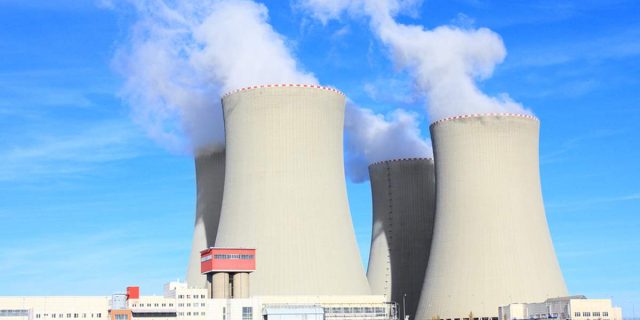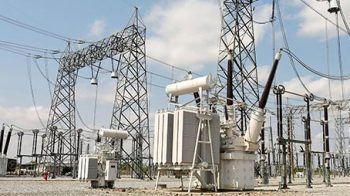
The global small modular reactor market size is estimated to be USD 5.8 billion in 2023 and is projected to reach USD 6.8 billion by 2030, at a CAGR of 2.3% during the forecast period. Factors such as the versatile nature of nuclear power and the relative advantages of SMRs such as modularization and factory construction are enabling the growth of the market.
Key Market Players
The major players in the small modular reactor market are Westinghouse Electric Company LLC (US), NuScale Power, LLC. (US), Terrestrial Energy Inc. (Canada), Moltex Energy (Canada), and GE Hitachi Nuclear Energy (US).
Download PDF Brochure: https://www.marketsandmarkets.com/pdfdownloadNew.asp?id=5001546
“Small modular reactors (SMRS) are defined as nuclear reactors generally 300 MWe equivalent or less, designed with modular technology using module factory fabrication, pursuing economies of series production and short construction times,” according to the World Nuclear Association. The ability of SMRS to meet the requirements of flexible power generation for a wide range of applications, such as power generation, process heating, desalination, hydrogen production, industrial applications, and replacing ageing fossil fuel fired power plants, has increased demand for them.
The upto 100 MW segment by power rating is expected to be the third-largest growing segment of the small modular reactor market. The reactor unit can be built in a factory and delivered to the site of installation. Because of the modular construction, many SMR units can be deployed together to satisfy varied energy demands. A 100 MW SMR’s major use is electricity generating. It may function as a stand-alone power plant, supplying clean and dependable electricity to cities, industries, and isolated regions. The excess heat generated by a 100 MW SMR can be used for district heating, which involves distributing thermal energy to surrounding residential, commercial, and institutional buildings for space heating and water heating.
The hydrogen generation segment by application is projected to be the forth-largest growing segment of the small modular reactor market. Hydrogen is essential in a variety of industrial applications. It can help with the decarbonization of electricity and transportation by being used for energy storage or as a fuel for hydrogen fuel-cell cars, trains, ships, and aeroplanes. Hydrogen can be produced using the fast neutron reactor, molten salt reactor, and high-temperature reactor technologies. The type of reactor technology influences the choice of hydrogen technologies to be combined with the SMRS. Only electricity is required for a few hydrogen manufacturing systems, such as traditional electrolysis. In contrast, methods such as thermochemical cycles may just require process heat, whereas hybrid technologies, such as high-temperature steam electrolysis (HTSE) and hybrid thermochemical cycles, require both heat and electricity.
Request Sample Pages: https://www.marketsandmarkets.com/requestsampleNew.asp?id=5001546
Europe is expected to grow at the second-highest CAGR during the forecast period. Russia, the United Kingdom, France, and the rest of Europe are all considered in the European small modular reactor market. Italy, Luxembourg, Denmark, the Czech Republic, Sweden, Ukraine, Finland, Estonia, Poland, and Romania are included in the rest of Europe. Nuclear energy accounts for around 28.4% of the region’s electricity generation mix, according to the BP Statistical Review of World Energy 2022. The region was responsible for 30.2% of global nuclear power usage. Investments in SMRS development, as well as a trend towards the usage of clean energy to address climate change, are expanding the potential for SMRS deployment in this region.

